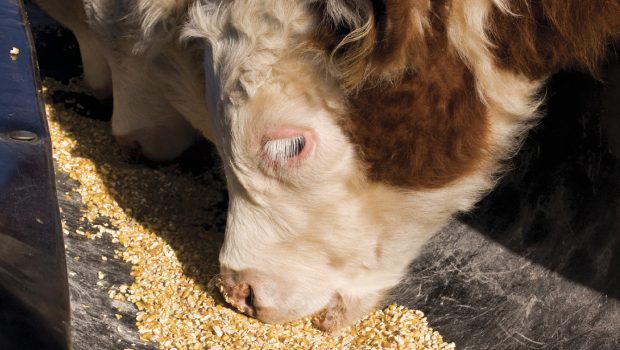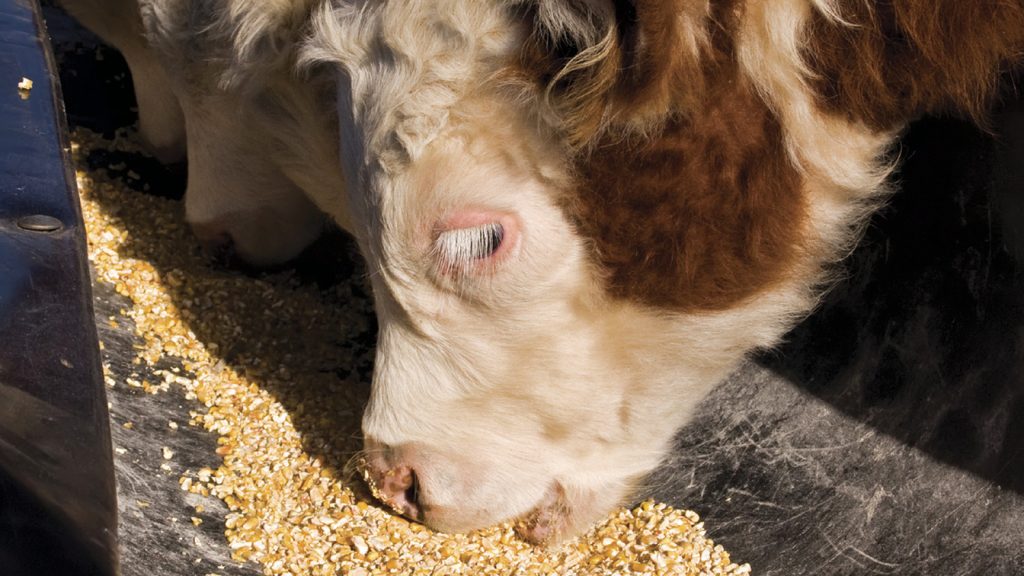Stability Trials Help Animal Feed Additive Manufacturers Gain Control Over End Users
Manufacturers of animal feed additives are now focused on limiting the zinc level in the feed but not at the cost of product efficiency.
Today, animal feeds are being used worldwide for reasons more than one. While some of them help cover requirements for vital nutrients, there are some that improve growth performance. Thus, recent improvements in food intake as well as optimization of feed utilization has drawn many manufacturers to the animal feed additives market. Research analysts at Allied Market Research have been long involved in studying the share and size of different technological properties as well as product quality. They discovered that application of feed additives across several countries are still questioned by various consumer elements including the antibiotics. The animal feed additives market is valued at $32.1 billion by 2021 and is expected to register a CAGR of about 5.8% from 2015 to 2021.
Business expansion determine the fate of animal feed additives market
Several agricultural product manufacturers are seen striking export deals with China. There is absolutely no doubt that the livestock industry in the country is developing extremely fast. This has increased both the dollar value and sales volume for feed additive manufacturers planning to expand their business in China. In a recent incident, Frondita Biogroup backed a new export sales following its participation in a popular trade show in China. Commenting on the expansion plan, Arunas Vanagas, the chief executive officer at Frondita Biogroup said “We sell to other countries—a little in South America and Eastern Europe and the Middle East,” he said. “That is almost nothing compared to what we can do in China. Demand is big, and the the market is huge.” Companies are expected to register in China before they ship the samples for trials. In April, 2016 Camlin Fine Science established its first activity in the United States and cleared its intentions about developing its footprint in the animal husbandry.
Growth in animal feed additives market becomes as many switch to organic minerals
This year more and more U.S. producers in the United States will be seen replacing the inorganic mineral traces with the organic range to meet the regulations. Producers believe that the shift will help them focus on nutrition utilization along with fertility. Countries like Japan have already passed a regulation on the additives such as copper and zinc. The regulation was passed after few government officials found contamination in feeds for pigs as well as poultry. In May 2016, Korea also passed a law on these two minerals. Government bodies worldwide are now determined to regulate the quantity of minerals that goes into animal feed as their role in polluting the environment around us is vital.
Initiatives to increase zinc efficacy now possible by Phytase overdosing
Scientists have found out a way to improve the efficacy of zinc in the feed. They say that through Phytase overdosing, the can now reduce the zinc level without affecting post -weaning performance of an animal. The overdosing process basically involves the addition of enough Phytase to destroy their presence in the feed. From time to time customers have been approaching animal feed manufacturers and requesting them to lower the zinc content especially in the piglet diet to control environmental pollution.
Growing investment pockets keeps animal feed additives market future robust
In 2016, there has been some generous investments in the animal feed as well as nutritional research. The US Department of Agriculture has finally cleared its intentions by offering support for the exploration in the field of animal nutrition. The department released close to $6.6 million as research grants. This grant was announced in April, 2016 and would be used to understand how animals use the nutrients present in their feed, enhancing the application of traditional feed and opening new avenues for the use of non-traditional feed. The research is expected to create opportunities when it comes to increasing both the quality and quantity of the producing milk, eggs, as well as meat and will mitigate the disorders associated with metabolism.
FDA’s role in animal feed additive market
The US Food and Drug Administration made notable amendments this year on the safe transportation of the animal feed. This revision offered the transporters, loaders as well as shippers the much awaited flexibility and has reduced the burdensome needs proposed by the original rule. But, the new regulation does not carry all the NFDA recommendations. Besides, including the stakeholder process this time Food and Drug Administration has addressed many industrial concerns. The regulation now reflects the realities in a much better way and lays down what is required. Moreover, the regulation is not only practical but also workable that what was proposed earlier.










![Web App Development Guide: How to Select the Best Tech Stack? [Infographic]](https://technofaq.org/wp-content/uploads/2019/05/Web-App-Development-infographic-150x150.jpg)





